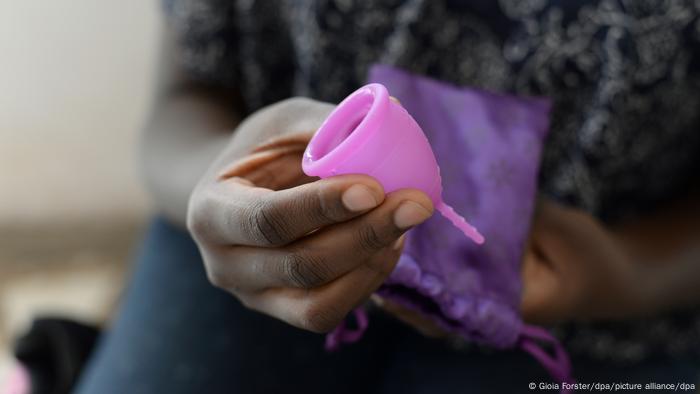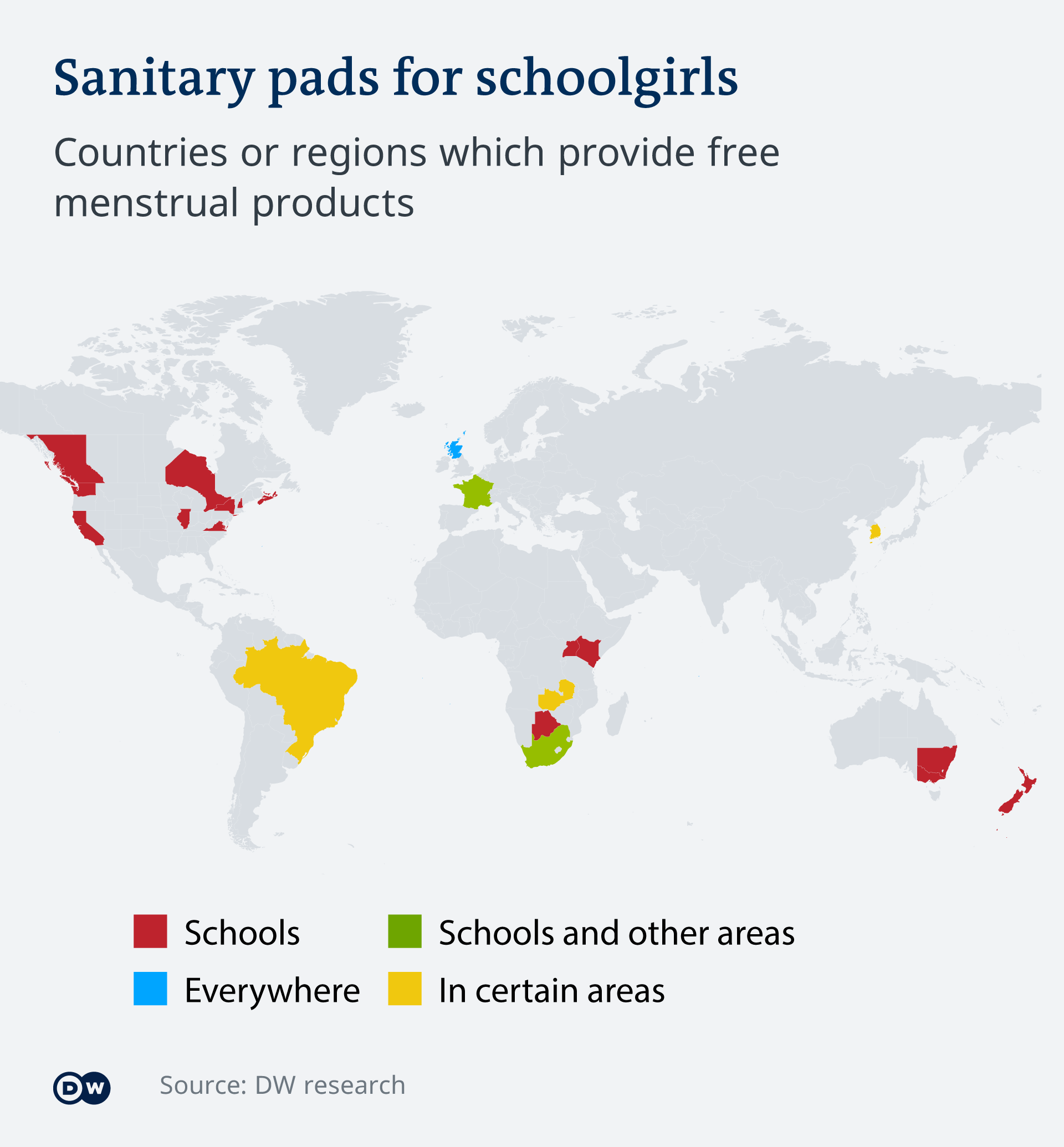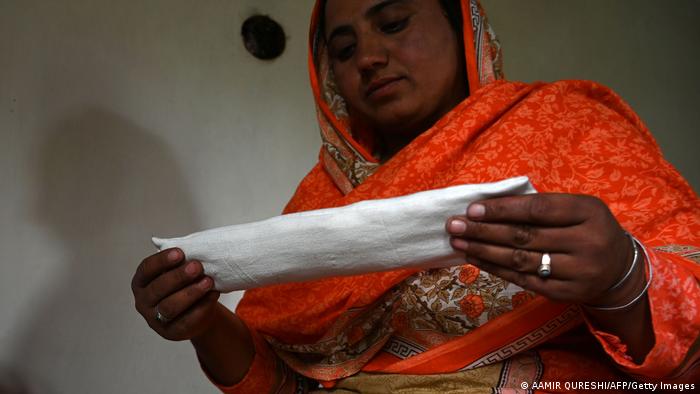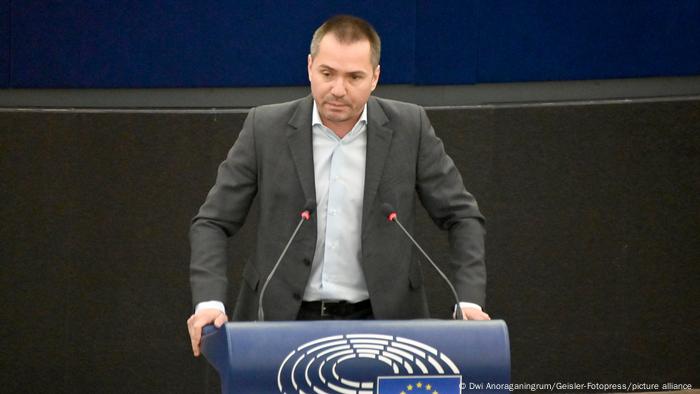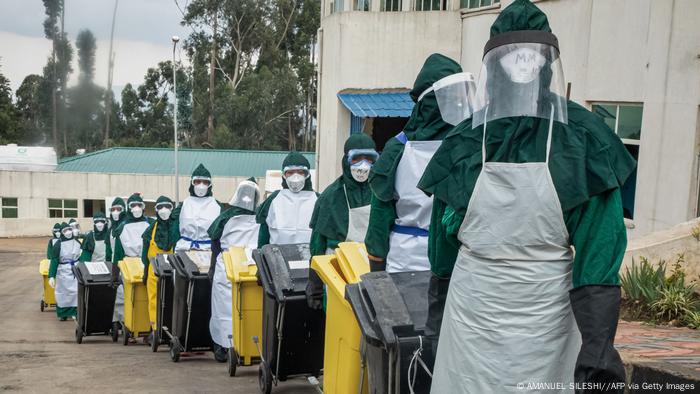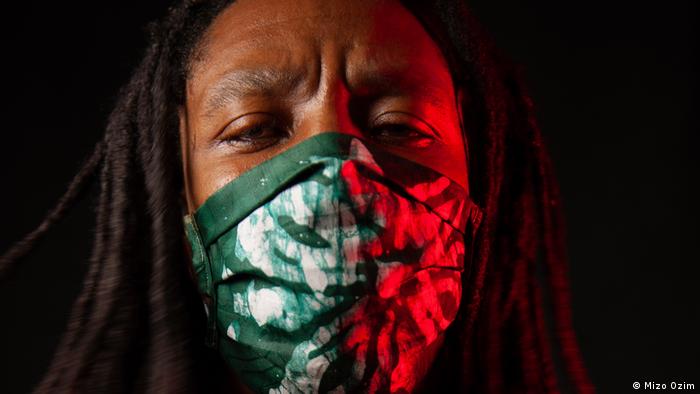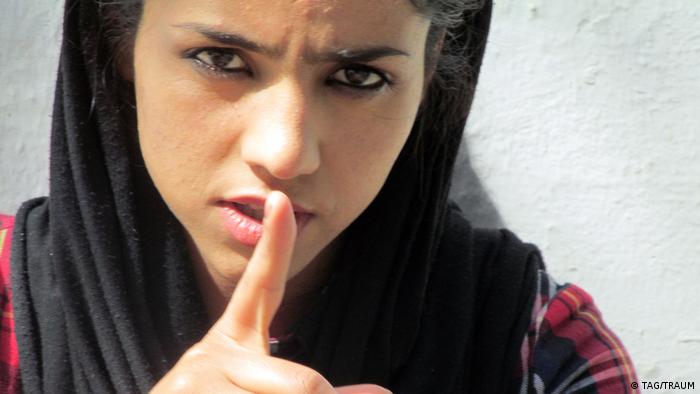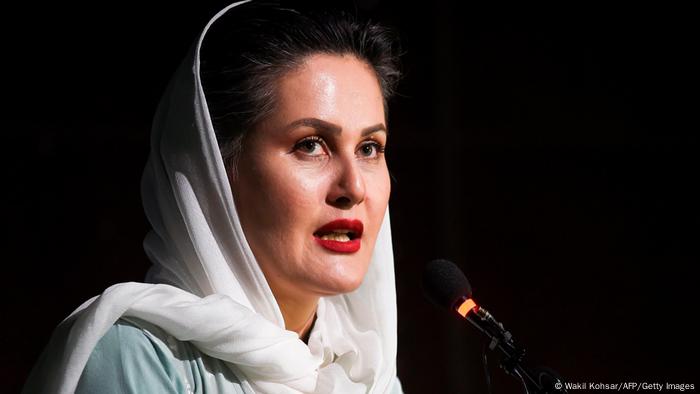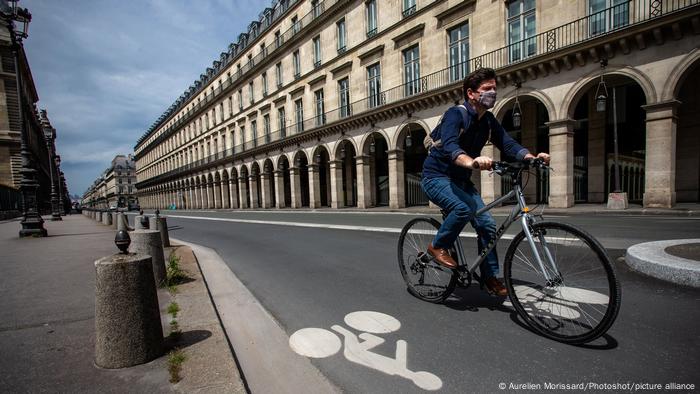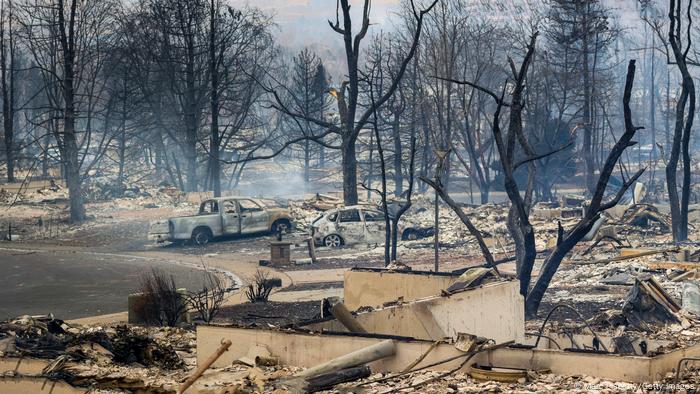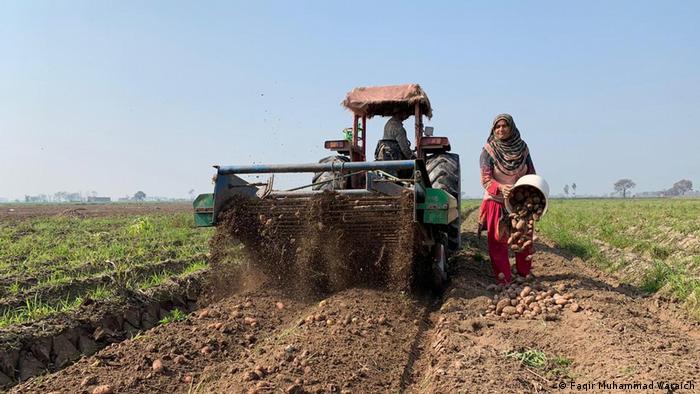Discarded masks can be found pretty well everywhere on the planet — littering streets, fluttering from trees, clogging drains and polluting waterways and oceans.
The baby-blue surgical masks have proved essential in helping curb COVID-19 transmissions during the pandemic.
But now the masks, along with other COVID-19 medical waste, have become a whole new problem.
Sub-Saharan Africa might have experienced more shortages of coronavirus vaccines and protective equipment than other regions, but this hasn't spared the continent from the effects of this new garbage crisis.
Some 353 million single-use face masks are thrown away every day in sub-Saharan Africa, according to a Ghanaian study.
Masks, and other medical waste such as gloves and protective gowns, have also altered the quantity and composition of waste on the continent, the study found.
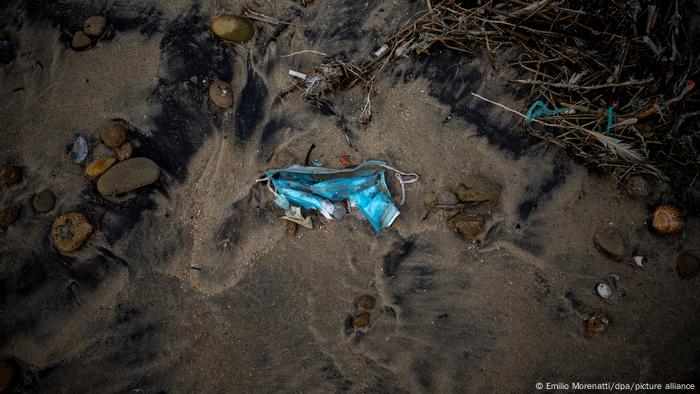
Disposable masks are polluting the planet
When waste disposal entrepreneur Catherine Wanjoya walks through Kenya's capital of Nairobi, she can hardly contain her anger at the number of masks lying discarded in the street.
Her business, Genesis Care, previously specialized in the disposal of sanitary products, but at the beginning of the pandemic Wanjoya reworked the company's incinerators to also burn protective equipment like masks and gloves.
Environmental and health risks
As well as posing an environmental threat, the discarded masks are also a potential health threat, said Wanjoya, explaining that she knows of cases where discarded single-use masks have been collected, cleaned and re-sold.
It's not just masks that are discarded carelessly, Wanjoya said, but all kinds of medical waste.
"If you go to the open landfills, you'll find that they will get even needles, you can get drugs, you're going to get used bandages. People go to scavenge in those areas to try and get useful products, which they can sell," she said. "So you see such people also get infected by those medical waste, which has been thrown into the open landfills."
Low-income countries, 23 of which are in Africa, toss 90% of their waste in unregulated dumps, on fields or through open burning, according to the latest figures by the World Bank.
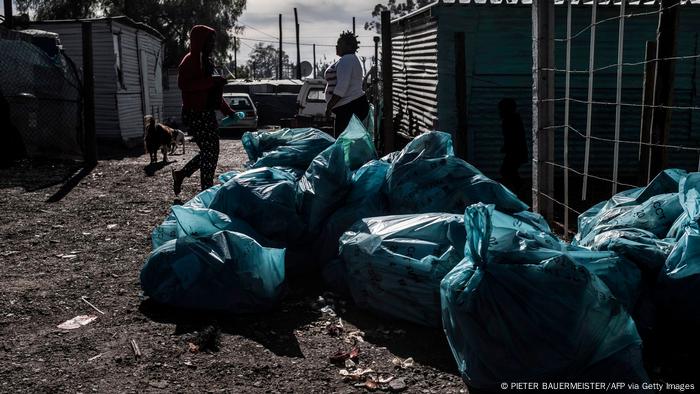
Many countries in sub-Saharan Africa lack adequate waste disposal systems
This is because many African cities like Nairobi lack functioning waste management systems, said environmental activist Lillian Mulupi from the Kenyan political party, the United Green Movement.
"In many districts [of Nairobi] there are not enough trucks or even bins, some areas will go for more than three days without the trash having been picked," Mulupi told DW.
COVID-19 related waste
The amount of health care waste related to the COVID-19 pandemic is enormous.
The United Nations alone distributed some 87,000 tons of protective medical clothing, 2,600 tons of non-infectious waste and 731,000 liters of chemical waste to less-developed countries between March 2020 and November 2021, according to a WHO report.
The billions of COVID-19 vaccinations administered worldwide are responsible for another 144,000 tons of waste, which includes syringes, needles and collection containers.
But the true scale is likely to be far higher, the WHO report acknowledges.
60% of health care facilities in least developed countries aren't "equipped to handle existing waste loads, let alone the additional COVID-19 load," the report found.
Landry Kabego, a WHO specialist for infection prevention and control, told DW that correctly disposing of medical waste is an important part of fighting the coronavirus.
"When a country is dealing with a pandemic like this, they need to put in place all the measures that will allow them to break the chain of transmission of the disease, and waste management is one of them," Kabego said.

Catherin Wanjoya, founder of Genesis Care
Waste disposal entrepreneur Catherine Wanjoya agrees.
Her organization works with small clinics, who can't afford large medical incinerators "because they are too expensive for them," she said.
Her company is the only one in Kenya making smaller incinerators, she said, adding that one solution to the waste problem would be for the Kenyan government to partner up with companies like hers to ensure clinics can burn medical waste so it doesn't end up in landfill.
Another way of tackling the issue is to make sure communities understand the environmental and health risks potentially posed by poorly disposed medical waste.
Failure to separate infectious waste
Kenya's National Environmental Management Authority introduced guidelines about the separation and disposal of health care waste at the beginning of the pandemic in March 2020.
Under the guidelines, masks for example are defined as infectious waste and shouldn't be thrown away with general rubbish.
For Kabego, separating medical waste into infectious and non-infectious waste is key.
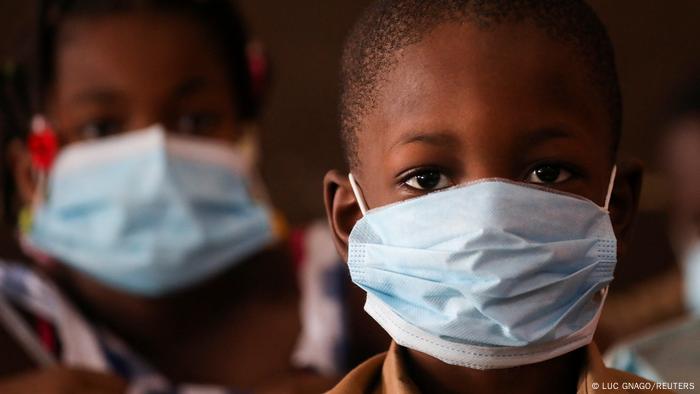
Masks are abundant, cheap, and easily discarded
"Most of our health care facilities do not segregate waste properly. When you are not segregating well, you have a lot of infectious and non-infectious waste together," he said.
For that reason, special rubbish bins in health care facilities as well as in public spaces are vital, he said.
Protecting your community and the environment
The WHO report also recommends developing reusable or biodegradable protective equipment, as well as reducing the amount of packaging.
"There is a need to really minimize the quantity of the waste that is being produced, especially during a vaccination campaign," said Kabego.
"You don't need to use the gloves. You just need to perform hand hygiene appropriately when you touch the patient and after you touch the patient," he said.
As for Kenyan environmental activist Lillian Mulupi, she believes ordinary people also need to get together to clean up streets, rivers and beaches.

